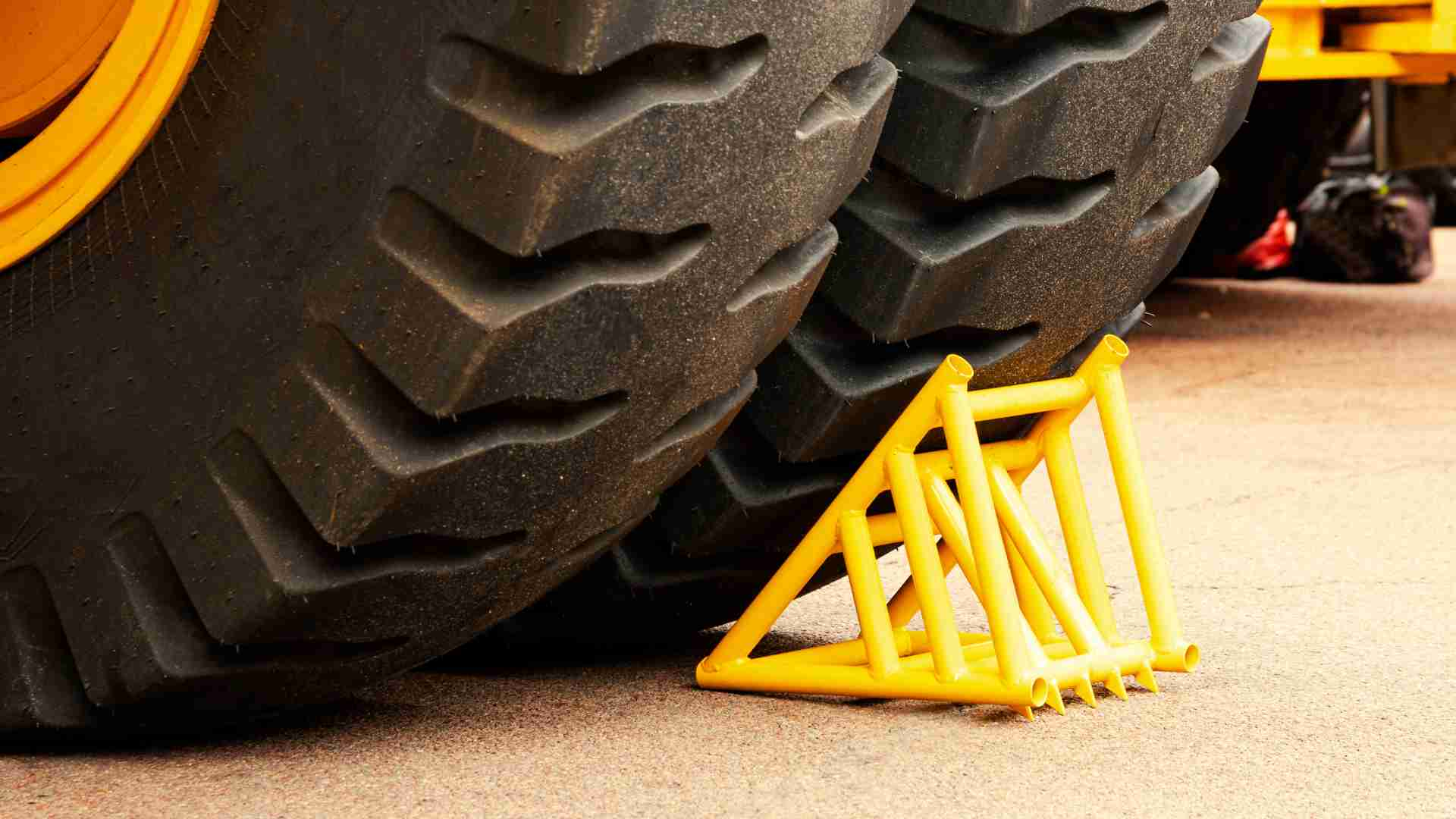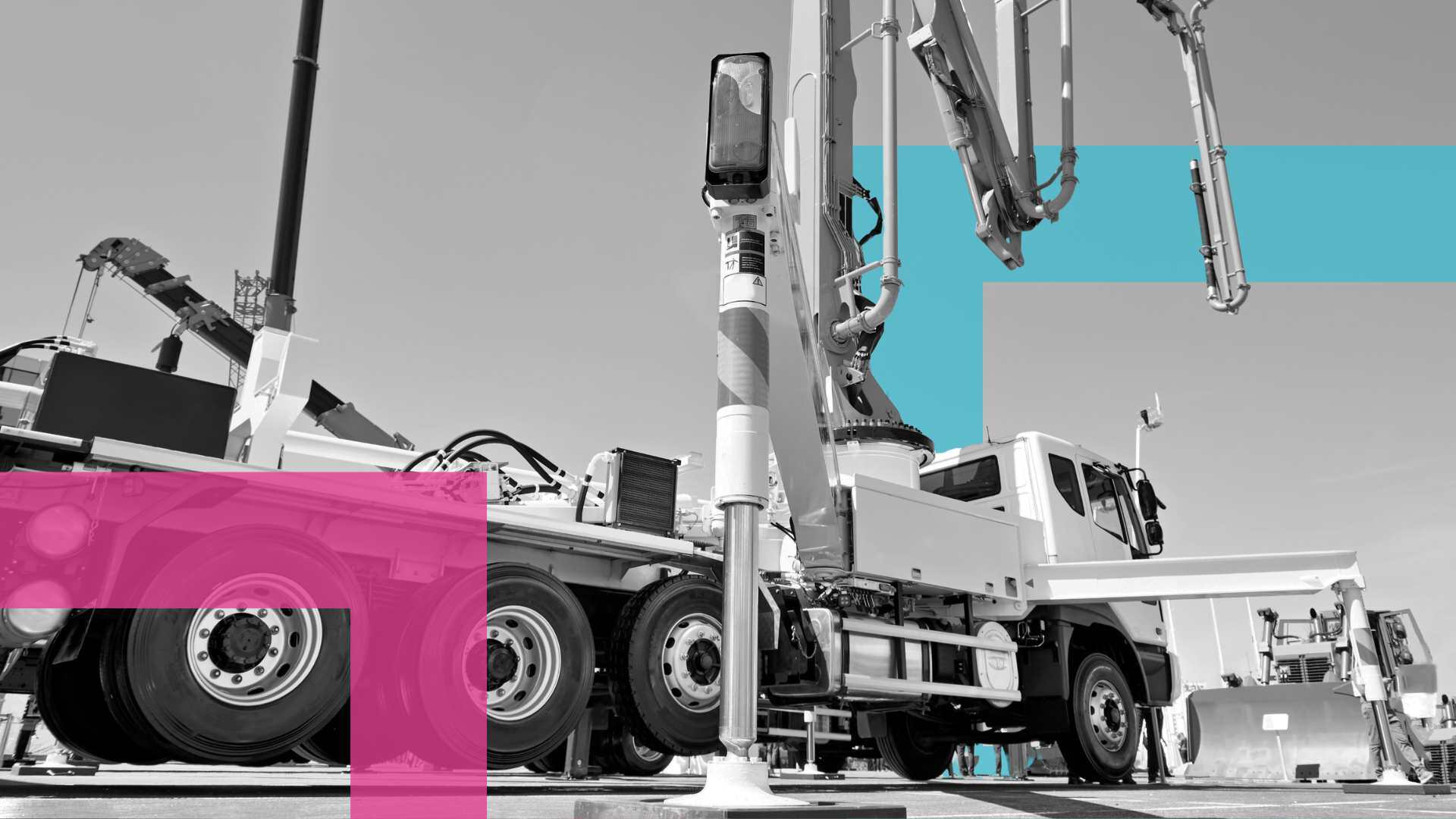Pre Start Plus rebranded to Ideagen Asset Guard
Ideagen Plant Assessor is pleased to announce the rebrand of its flagship pre-start app, Pre Start Plus, to Asset Guard. This rebrand aligns with...
|
|
Machinery Pre Starts
|
|
|
Risk Management &
|
|
|
Document Management
|
|
|
Dashboards & Reporting
|
|
|
Machinery Risk Assessments
|
|
|
Service & Maintenance
|
|
|
Safe Operating Procedures
|
|
|
MySite
|
|
|
View All Features |
Case Studies
Hear from our clients
Events
Find us at industry events
Guides
Find industry-specific guides
Learn
Educational content
News & Articles
Industry news and articles
Safety Legislation
We keep up with safety legislation
so you don't have to
Videos
Find overviews and informative
videos here
Webinars
View upcoming and on-demand webinars
Promotions
See our current promotions
FAQ
All of our frequently asked questions
Help Centre
How to use our software
View a Demo
Let us walk you through Ideagen Plant Assessor features
Release Centre
Product updates and release information

Safe Work Australia has issued an update to its Managing the risks of plant in the workplace code of practice to provide guidance on machinery roll-aways. Find out everything you need to know about machinery roll-aways, the code of practice guidance and how you can prevent this happening with your machines.
According to the code of practice, a roll-away is when unintentional movement of a machine occurs because it has not been immobilised properly. Unintentional movement and roll-aways can have devastating consequences and can put at risk the safety of those in the vicinity of the machine.
The updated code of practice outlines a number of control measures that can be used to help prevent machinery roll-aways from occurring. These include:
Parking on a flat, level surface where possible.
Using wheel chocks. They should be placed in the centre of and square to the tyre.
Parking the machine with the wheels turned in towards the kerb.
Parking the machine in the correct gear.
Ensuring machinery attachments are placed on the ground.
Applying the handbrake before exiting the machine.
Turning off the engine and removing the keys before exiting the machine.
Establishing an exclusion zone around the machine if necessary.
For more detailed guidance on preventing unintended movement and machinery roll-aways, see Safe Work Australia’s fact sheet.
As a person conducting a business or undertaking (PCBU), or someone who manages or is in control of a machine, you have a duty to protect the safety of others by preventing machine roll-aways. This may mean implementing some of the advice in the updated code of practice. To ensure machine roll-aways don’t happen with your machinery, there are a few things you can do including:
Consider adding the code of practice recommendations into your safety management system.
Ensure wheel chocks are available for operators to use and are the correct size for the machine or vehicle they are to be used with.
Show relevant operators how to properly place a wheel chock.
Update your safe operating procedures (SOPs) to reflect the new advice about preventing roll-aways when parking.
Communicate the changes. Ensure machinery operators and other relevant staff are informed of the update to the code of practice and SOPs and have a full understanding of how to prevent unintended movement.
Our team of machinery experts are on hand to help you understand the guidance provided in the code of practice and prevent machine roll-aways. Simply contact us on 1300 728 852 or info@assessor.com.au for further information and to discover how Plant Assessor can assist you in keeping your machines and people safe.
Disclaimer: This information is intended to provide general information on the subject matter. This is not intended as legal or expert advice for your specific situation. You should seek professional advice before acting or relying on the content of this information.

Ideagen Plant Assessor is pleased to announce the rebrand of its flagship pre-start app, Pre Start Plus, to Asset Guard. This rebrand aligns with...
.png)
Many businesses operating machinery still rely on traditional paper pre start books for daily machinery checks. While these booklets serve their...

A concrete company based in Melbourne has been convicted and fined $30,000 after an incident involving a concrete pump resulted in a worker’s hand...